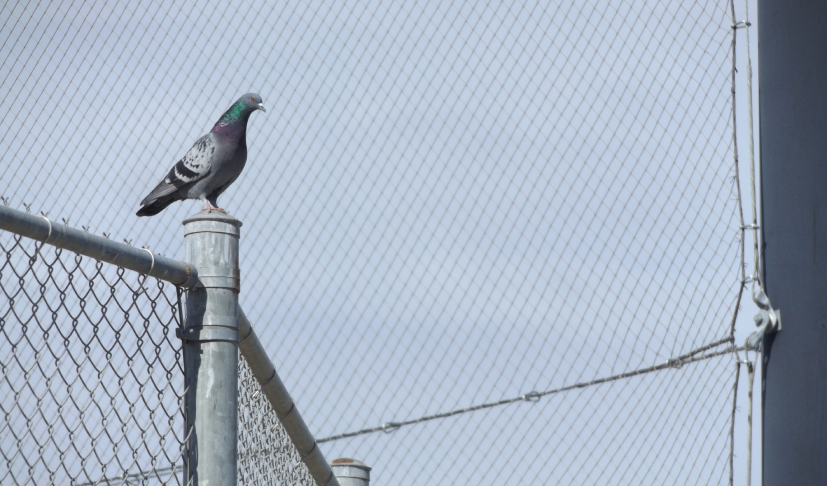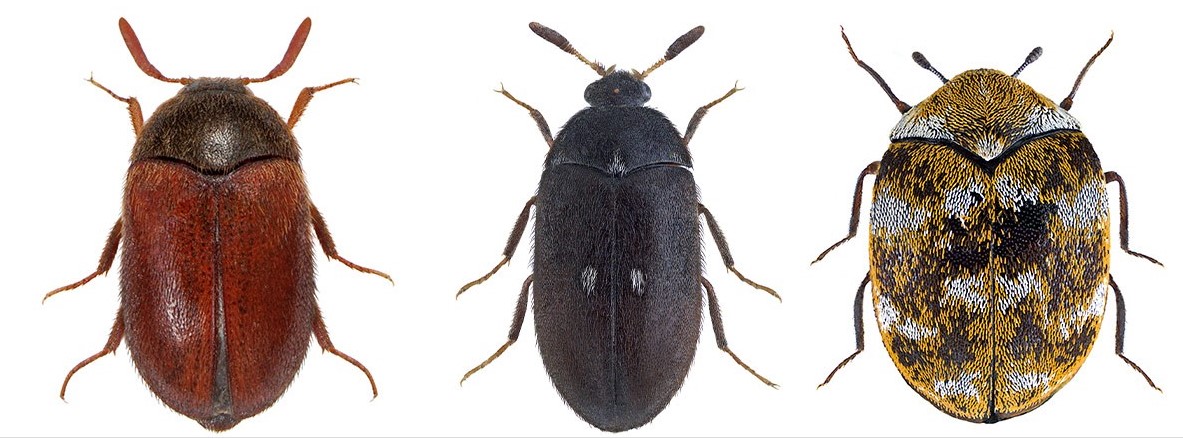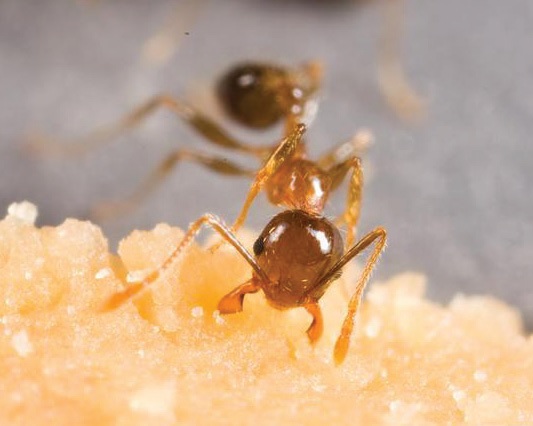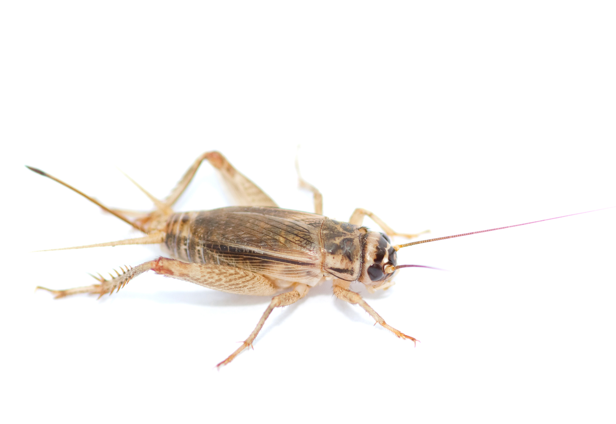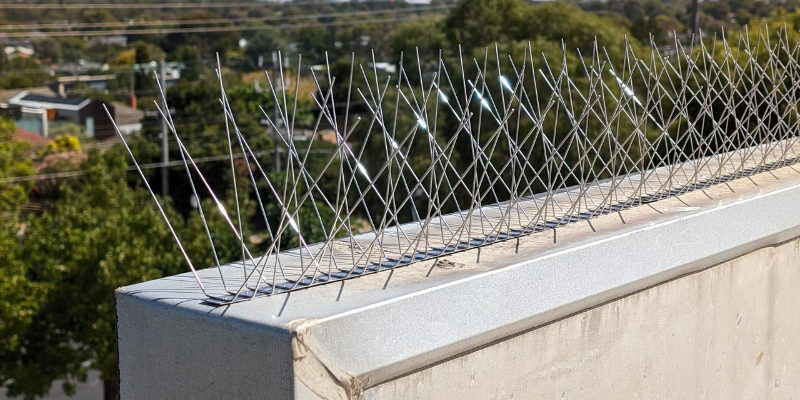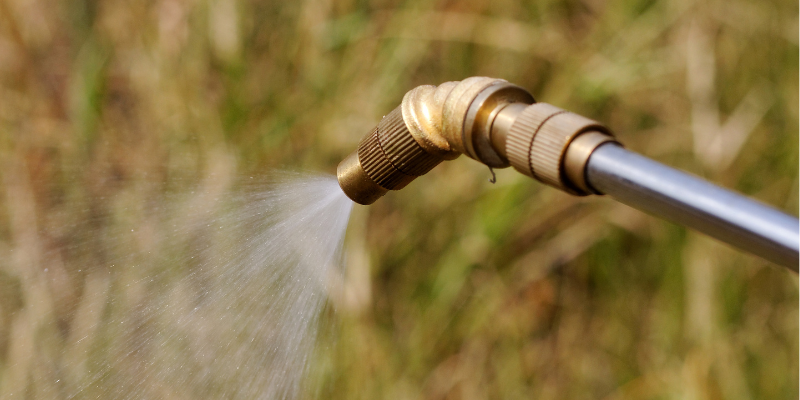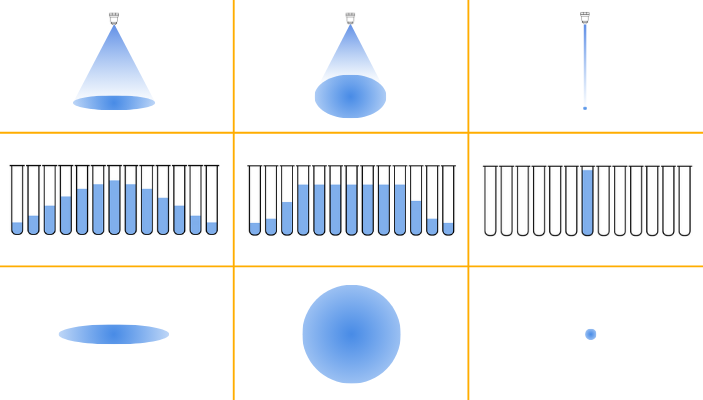Brown Rat or Norway Rat
Brown Rat or Norway Rat
Scientific Name: Rattus norgevicus
How to identify a brown/norway rat
Brown rats are stocky, with scruffy reddish-brown fur, small eyes, short ears, a blunt nose and a short, thick tail. They have a combined head and body length of 180-255 mm, a tail length of 150-215 mm and a weight of 200-400g.
Brown rats can also be identified through their droppings as they have blunt ends.
Norway rats will eat any human food but prefers garbage, cereals, meat and fish and they need regular access to water.

Where are brown rats commonly found?
Brown rats are found mainly around coastal cities and ports.
Why are brown rats considered a pest?
Mice and rats are considered a pest as they:
-
Carry disease – rats and mice have the potential to transmit a number of diseases, some of them potentially fatal. Rodents are carriers of at least 35 diseases that plague commercial, industrial and residential areas. Some of these diseases include leptospirosis, asthma, food poisoning, LCMV virus, plague, and rat-bite feber.
-
Consume and contaminate foodstuffs – contamination from rodents occurs from their droppings, feet, fur, urine, saliva and blood. Because of their foraging habits, rodents can accelerate the spread of contaminants from contaminated to uncontaminated areas.
-
Cause physical damage – both rats and mice need to gnaw continually to prevent their incisor teeth from growing too long. They may also gnaw to gain access to food containers and nesting sites. Brown / Norway Rats can even gnaw through a lead pipe.
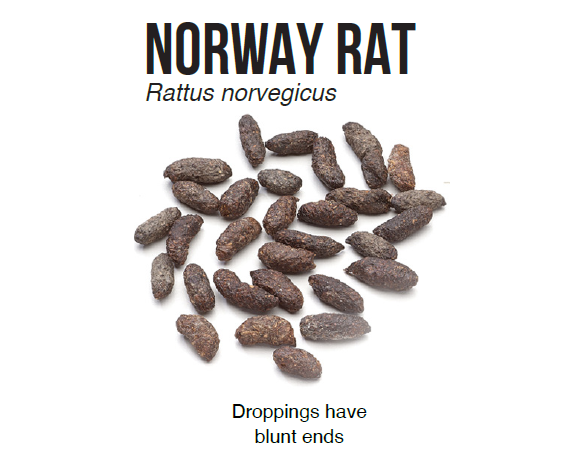
What is the biology and lifecycle of a brown/norway rat?
Norway rats are also prolific breeders and can produce 5-6 litters of up to 18 young per annum but usually in the range of 7-10. The gestation period is 21-23 days and the young are weaned after around 20 days.
Chemicals Required to Control Brown Rat or Norway Rat
Rodenticides are a less expensive and time-consuming option, almost invariably single-feed anti-coagulants. The basic rule to remember when using rodenticides is that there must be always palatable bait available. Bait stations must be placed at the appropriate intervals according to the species of rodent and the label instructions. They are also normally placed at either side of doorways, both inside and outside in a hope to intercept rodents as they make a bid to gain entry to the premises. It is futile to simply place rodenticide baits in a building such as a food manufacturer or warehouse and then anticipate that the rodents will immediately stop eating the existing foods and start eating your baits. In cases like this, you will need to rely upon other measures such as proofing, improved levels of hygiene and the use of highly palatable baits in combination of traps or glue boards.
You may never totally eradicate the population; you are only nibbling around the edges of the problem. In such cases e.g. pet food manufacturers, the client may have to accept the fact that there will always be some level of activity. In most instances however, the client will only be satisfied with total control and so will the local council or state Health Dept. Sometimes, the problem resides in the fact that insufficient bait stations or too lengthy an interval between visits has been quoted.
When you have a large infestation, you will need to ensure that enough visits are scheduled to keep the bait up to the rodents. If all of your rodenticide is consumed between service visits, you may not be killing them faster than they reproduce. Increase the amount of bait per station, the number of stations or the service frequency. Mice can be even more difficult to control as they may live inside boxes of foodstuffs or packing materials. Many more bait stations may be needed and they will have to be placed along aisles of warehouses not just around the perimeter of the building. The territory of a mouse may range from 1 to 3 square metres, so you need to ensure that there is a bait station within each territory. In schools, you may need to use a multiple dose anti-coagulant e.g. coumatetralyl. In HACCP, AQIS or organic food sites, toxic baits are permitted in few if any, instances. An acceptable alternative is the use of non-toxic detector wax blocks. These are placed in the standard bait stations and inspected regularly to see if there are any gnaw marks visible. If there are, traps or glue boards can be introduced.
Rodenticide blocks aren’t the only formulation available of course and have only been used in the last 30 years or so. Prior to that, loose grain bait – whole or kibbled wheat – was often used. These formulations were prone to spillage as they were usually placed in open plastic or cardboard containers or even aluminium pie dishes. They were also more likely to be eaten by cats or dogs as they did not contain “Bitrex,” a bittering agent which makes it impossible for most animals to eat the treated material. Loose grain is still available for the home owner market.
The other formulations commonly used by pest managers include:
-
Soft bait - Soft bait based on the newest active ingredient, Difethialone. It contains food grade vegetable oils, refined flour and no wax for unsurpassed attractiveness and palatability. It has proven very successful in highly competitive food environment and big infestations. As most modern baits it also contains Bitrex and can be secured inside bait stations. Its small size (10g) allows for more flexible bait placements.
-
Grain & pellet bait – Bromakil grain or pellet, based on bromadiolone, can be used for the treatment of rat burrows. Only a few pellets need to be placed in a Norway rat burrow to gain control. Using more pellets or blocks may cause the rats to get “suspicious” and throw them out of the burrow.
-
Place packs – previously called “throw packs” can be used in enclosed spaces – roof void or sub floor – They are a grain based rodenticide enclosed in a labelled plastic bag for professional appearance and safety, bait stations should always be a consideration.
-
Concentrates – the most commonly used product is a powdered formulation with coumatetralyl as the active ingredient. It can be used as a “contact dust” (sometimes called “tracking powder” which is really an inert substance used to detect rodent tracks) or as a bait concentrate and mixed with an attractive foodstuff. This method is very successful if the rodents are accustomed to eating a certain food e.g. pumpkin seeds or tomatoes, because the concentrate can be added to these foods to tempt the rodents into feeding on them. They are not suitable for situations where spill proof bait must be used. When used as a contact dust, it is applied in a thin layer to areas along which the rodents run. This may be a runway, a burrow entrance or even a purpose designed pipe. It cannot be used in locations where it may blow or fall onto animals, foodstuffs, food preparation surfaces or food handling equipment.
-
Liquid concentrates – The commercial formulation Bromakil Drink uses bromadiolone as the active ingredient and is diluted according to label instructions. Liquid bait should be placed in a spill proof dispenser, either a drink bottle used by pet rodents or rabbits, or a purpose designed container which can be held in a tamper resistant bait station. Sometimes, pest managers have poured diluted concentrate onto a certain food item which the rodents have been accustomed to eating.
-
Fumigants – unless you are a licensed fumigator, you cannot use fumigants such as aluminium.
Management Tips for Brown Rat or Norway Rat
Treatment Plan: Depending upon the species of rodent and the type of rodenticide you choose, you can calculate the number of bait stations required. In commercial premises, you will always be using “tamper resistant” bait stations, fixed in place by screws, chain, or other means. They will also need to be numbered and recorded on a bait station plan. The distance between bait stations is determined by the label rates and rodent species and could be from three to fifteen metres.
You should always use “rat size” bait stations on the exterior and interior perimeters of a contract even though you might only find mice. You should also only use the larger size in roof voids. “Mice size” stations can be used in offices, canteens, store rooms and other areas where large stations may not fit.
When “fence line” baiting ensure that you are complying with all label regulations. Special rules apply when dealing with schools, HACCP sites, AQIS sites or organic food production or vending establishments. You should also refer to the AEPMA Code of Practice regarding food factories. This is an extremely informative document with references to all types of pests not just rodents.
Vermin proofing the area may be expensive and time consuming but is not an “optional extra.” You must also address the hygiene/sanitation problems you have uncovered. As long as garbage or foodstuffs are freely available to the rodents, you have little chance of success.
Non-chemical Control: Traps and glue boards are still but are a more expensive option when compared to rodenticide baiting because you have to check them daily and some people are a little disconcerted by the sight of the dead rodents. In Victoria, special regulations apply to the use of glue boards and must be consulted before employing them. In “organic” sites, traps and glue boards may be the only option available for use. There are many tricks to using traps including the choice of attractants or bait. Popular foodstuffs to use are: oranges, apples, chocolate, bacon, figs, dates, prunes, pineapple, walnuts, melon and peanut butter – probably the most commonly used. You can also purchase commercially made rodent attractants to place on traps.
The traps are placed perpendicular to the walls and in corners, behind furniture and in areas where the rodents are feeding. When using traps which can be baited without being set, they should be placed out and the rodents allowed to become accustomed to them and readily take the bait before being set. Some types of trap cannot be baited without being set. Traps must be checked daily, dead rodents removed and traps re-set.
Glue boards are not a popular choice with some people and moves have been made to have them removed from use. Unlike traps, glue boards are placed along runways where the rodents are moving at top speed and cannot avoid them. Many glue boards are purchased in joined pairs and the pair can be placed in the runway without being separated. Glue boards should never have attractants sprinkled on them as they are designed to catch rodents unawares.
Multiple catch mouse traps can also be quite effective, being able to catch up to 15 mice between winding. The mice simply enter the trap’s opening due to curiosity and are flung into a holding department prior to being dispatched humanely. These devices are very worthwhile in establishments where toxic baits are not permitted.


